Ashtray
Artefact of the month - July 2019
The object of the month is an item which has almost entirely disappeared from the interior elements in homes and public spaces. Many of us remember a time when smoking in homes and workplaces was common and ashtrays were useful, if not for the owner, then at least in case of visitors.
Tobacco products have a long history in Finland. People have grown Aztec tobacco, taken snuff, used chew tobacco, and smoked pipes. Cigarettes entered the picture in the 19th century. At first, they were known after their Russian model as papirosa. The first tobacco factory in Finland, Rettig, was founded in Turku in 1845. Production at the Strengberg factory in Pietarsaari started in 1870. In the 1890s, the consumption of Finnish cigarettes grew as the increased tension in the relationship with Russia and the Russification of Finland made people choose Finnish cigarettes.
The plastic industry was taking its first steps at the same time with the growth of the tobacco industry. Pioneers in the field were testing the suitability of cellulose as a raw material since the mid-19th century. The first fully synthetic plastic, Bakelite, was made in 1909.
Finland’s first plastic factories started their operations in the 1910s. The country’s best known manufacturer of plastic products, Sarvis, was founded in Tampere in 1921. In the 1930s, there were approximately ten companies in the plastic industry. The mould-cast Bakelite ashtray in the picture was made by the Bakelite department of Karhulan Lasi Oy. The department was founded in 1936 to support the operations of the glass product factory and increase the self-sufficiency rate of the screw caps necessary for glass bottles.
The Bakelite department quickly developed into a unit carrying out an independent product policy. It was managed by engineer Alex. Krause, who learned the trade at a Bakelite pressing plant in Paris. Before the Winter War, a total of 36 thermosetting plastic presses were acquired for the plant, and the product range was expanded to include various household items and technical products.
The features of Bakelite, or phenol formaldehyde resin, were revolutionary. Its benefits included heat-resistance and electricity isolation, both features which were useful for the car and aeroplane industries, for example. Bakelite was excellent in various components and as casing material for electrical devices. The colour scale only consisted of black, dark brown, and dark red. In addition to the dark colour, the Karhula ashtray had other features typical of Bakelite items. The straight lines and rounded corners, as well as the overall subdued shape, were quite suitable for the ideals of functionalism typical to the time. To avoid breakage of the Bakelite objects, decorative details could not be made.
Plastic research made progress during World War II as the chemical industry was put at the disposal of the armaments industry. There was, however, a shortage of the raw materials needed for making plastic, as well as of cigarettes, which did nothing to prevent the spreading of smoking. Soldiers were given cigarettes in large packs, and many women on the front also tried tobacco. People were nervous in the difficult situation, and tobacco helped them relax. The rationing of tobacco ended in January 1949. At that time, two-thirds of Finnish men smoked, and smoking had increased significantly among women.
After the war, the true breakthrough of plastic began. The Finnish word for plastic, muovi, was introduced in 1947. New die-casting machines enabled making ever larger plastic products. Thermosetting plastics like Bakelite were replaced by oil-based thermoplastics. The colour range expanded. Plastic took over the new suburban homes, and things were going well for the tobacco industry as well. Smoking was allowed just about anywhere, including hospitals and public transportation.
The health care field understood the connection between smoking and many illnesses already in the 1960s. At the same time, criticism of plastic consumption began to rise with concerns about the filling up of landfills. The health hazards of plastic made people talk, as well as the poisonous materials in children’s plastic toys.
Smoking has been made increasingly difficult since the enacting of the first Tobacco Act in 1976. In the beginning of June 2007, smoking was banned in the indoors facilities of bars and restaurants, and ashtrays were no longer seen in tables, except for separate smoking cabinets. Ashtrays are a familiar and easily recognisable group of objects in museum collections. Our children and grandchildren will no longer be as able to recognise them, and they will cause similar wonder as a landline telephone with a plastic cover, for example.
Anna-Mari Immonen
Sources:
Laalo Kalevi 1990. Nappikaupasta muoviaikaan. 70 vuotta suomalaista muoviteollisuutta. Karisto, Hämeenlinna.
Lahtinen Rauno 2007. Savun lumo. Tupakan kulttuurihistoria. Gummerus, Jyväskylä.
Nyman Hannele & Tuula Poutasuo 2004. Muovikirja. Arkitavaraa ja designesineitä. WSOY, Helsinki.
Poutasuo Tuula 2004. Muovin tulo kotiin. Tekniikan waiheita, Teknologian historian aikakauslehti 4/04.

-
2024
-
2023
-
2022
-
2021
-
2020
-
2019
-
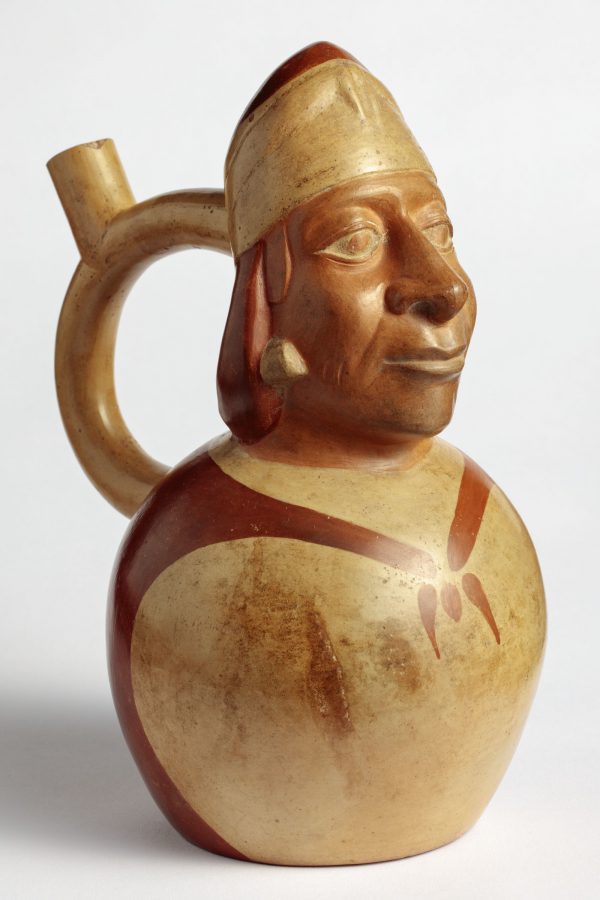 Stirrup-spouted vessel from Peru
Stirrup-spouted vessel from Peru
-
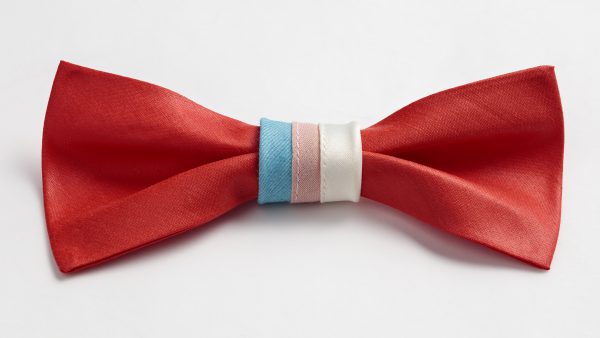 Trans pride bow – a carnival accessory and statement for human rights
Trans pride bow – a carnival accessory and statement for human rights
-
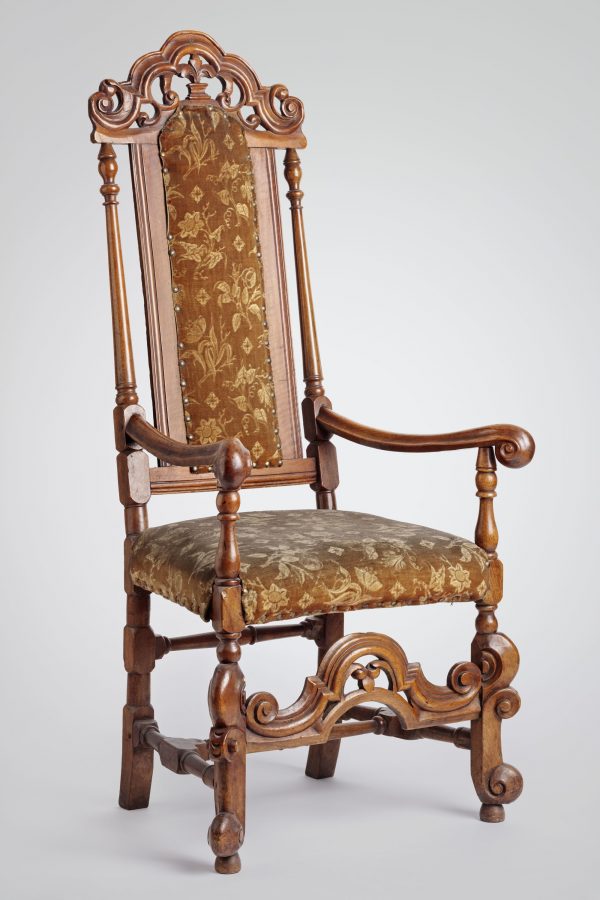 Retro upholstered baroque armchair
Retro upholstered baroque armchair
-
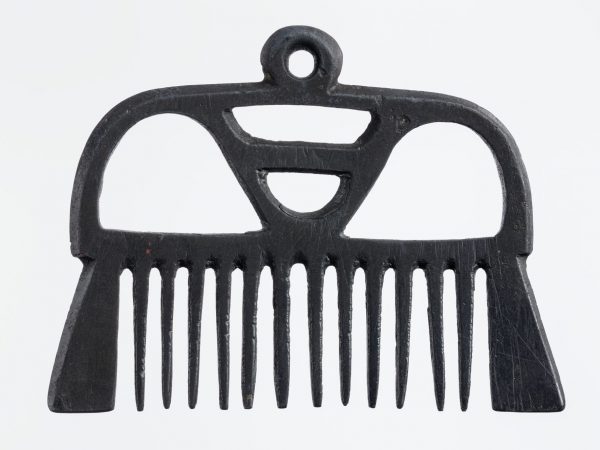 Comb pendant from the St Nikolai shipwreck
Comb pendant from the St Nikolai shipwreck
-
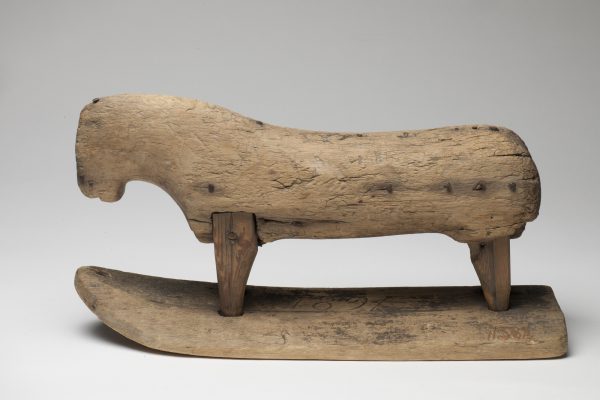 Wooden toy horse
Wooden toy horse
-
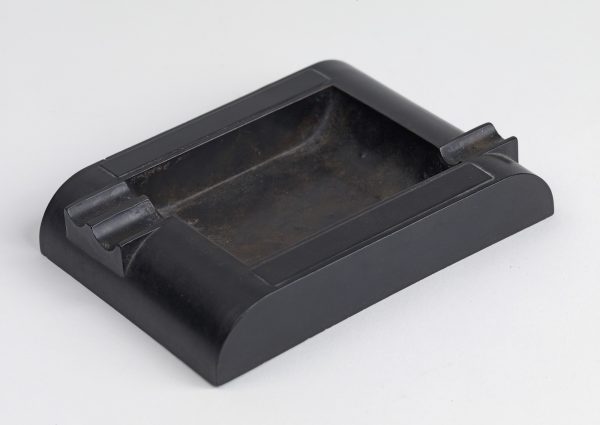 Ashtray
Ashtray
-
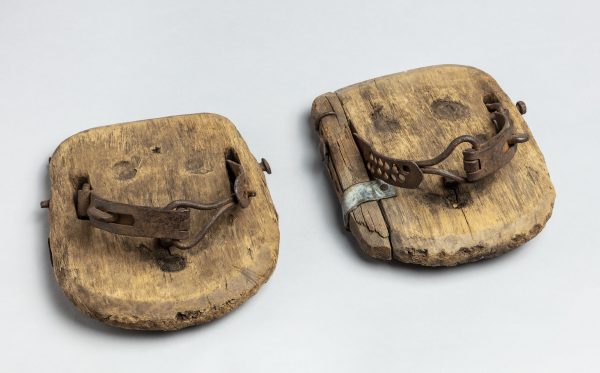 Marsh horseshoes
Marsh horseshoes
-
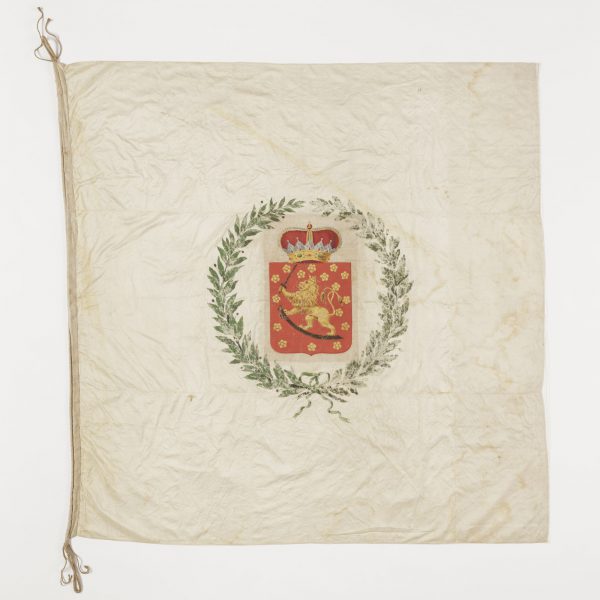 Student Union flag
Student Union flag
-
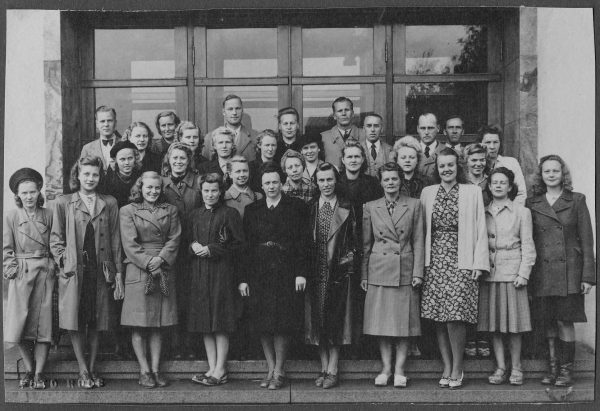 Stylish at work
Stylish at work
-
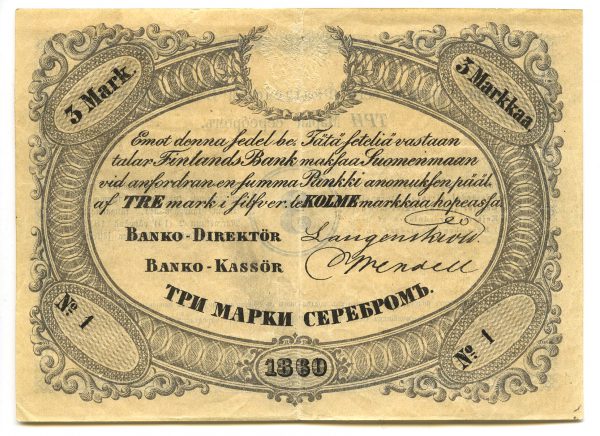 The first Finnish markka ever issued
The first Finnish markka ever issued
-
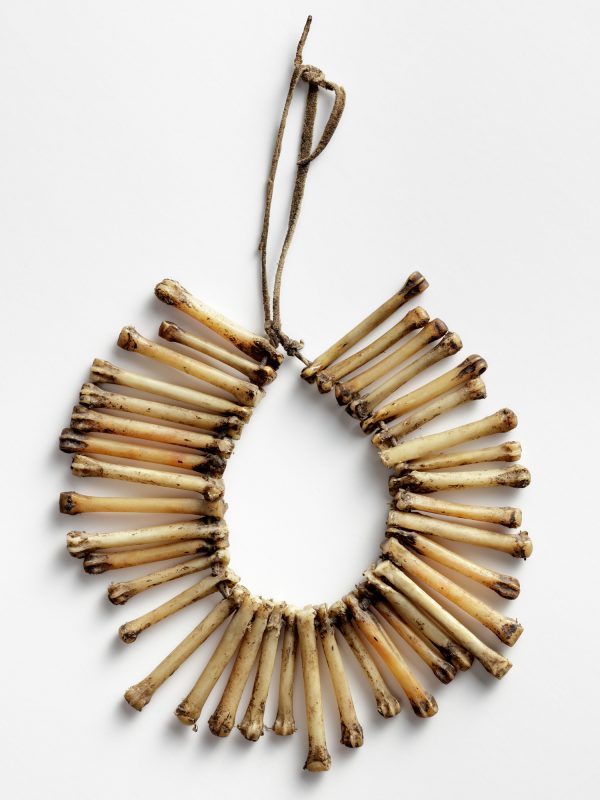 Seer's amulet
Seer's amulet
-
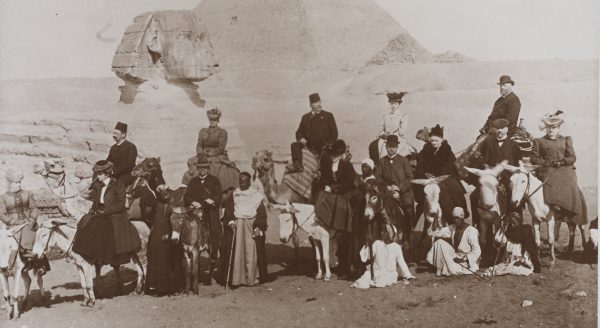 Photopicture from Egypt
Photopicture from Egypt
-
-
2018